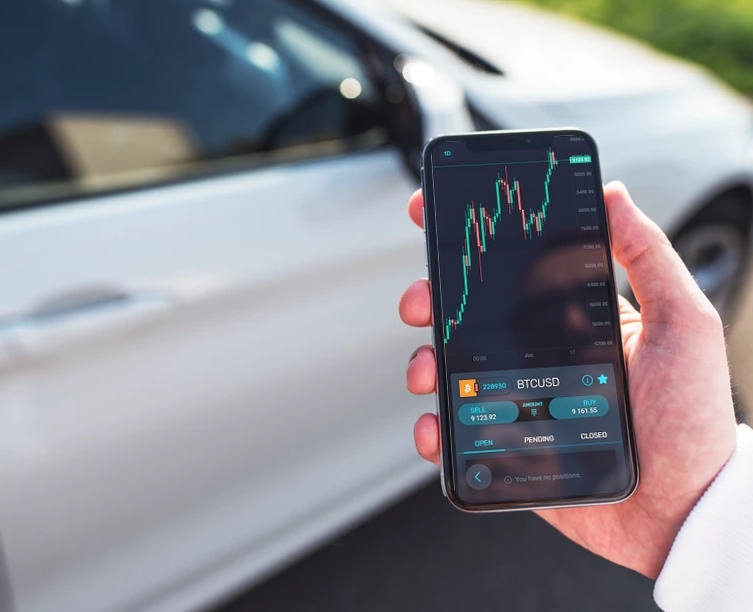Nikolaos Panigirtzoglou, an analyst from JP Morgan, the US investment bank, claims that institutional investors have been behind the current boom in bitcoin price.
Bloomberg quoted him as saying how the market massively understates how important the bitcoin futures contracts are. This is mostly due to the trading volumes being overstated by crypto exchanges. But, Bitwise, the asset management company, made clear that as much as 95% of the reported bitcoin market volumes could be fake. The real amounts that the bitcoins futures contracts posted began to show a bullish trend.
In May, Panigirtzoglou discovered that the CME and CBOE futures contracts’ exact volumes surged up to $12 billion from $5.5 billion in April. On the other hand, the first quarter of 2019’s aggregate volume was almost $1.8 billion.
The report states:
“The overstatement of trading volumes by cryptocurrency exchanges, and by implication the understatement of the importance of listed futures, suggests that market structure has likely changed considerably since the previous spike in Bitcoin prices in end-2017 with a greater influence from institutional investors.”
The statement from Panigirtzoglou followed soon after he published a paper in the middle of May. JP Morgan’s report showed how the intrinsic value of bitcoin is characteristically determined by mining expenditures, explaining that in May, bitcoin was trading much above the base value. Here are some excerpts of the report:
“More recently, and since the start of May, in particular, the sharp increase in price has seen a modest further increase in the hash rate thus far. As a result, over the past few days, the actual price has moved sharply over marginal costs.”
Later, the report compared the price spike of bitcoin in May to late 2017 one, including that the price would be mirroring the massive downside action. Bitcoin closed the month of May around $8,554 on the Coinbase exchange in San Francisco. This shows a 63% price hike from the April close.
The renowned market analyst, Alex Krüger, disapproved of Panigirtzoglou’s publishing of the contradictory analysis, saying that Paningirtzoglou “acknowledges what has been relatively obvious for about two months already.”
Krüger added, “It is mostly institutions behind the bitcoin bull-run, rather than retail investors, as it was during the 2017 mania.”
A cryptocurrency trader, Eric Wall, who is based in Stockholm, affirmed that the JP Morgan analysts measure the price of bitcoin oppositely. They think that the mining block price is the thing that provides the cryptocurrency’s intrinsic value. It is the bitcoin price itself that determines how profitable mining is.
The analysts have suggested around a dozen fundamental and technical drivers that may have pushed up the bitcoin price within the previous 75 days. The most common factor is the Renminbi (RMB) [or Chinese Yuan], which hit a sixteen-week low on May 6th when pitched against the US Dollar (USD) and supposedly prompted Chinese traders to seek refuge in the cryptocurrency, bitcoin.
Macroeconomics Researcher, Garrick Hileman, from the London School of Economics, spotted a historic inverse correlation of bitcoin and RMB. He maintained that the trade tensions of the two countries, China and the US, followed the yuan’s devaluation and bitcoin’s appreciation closely.
He added: “This is not the first time we’ve seen significant increases in the value of bitcoin taking place alongside yuan concerns. Trade tensions and declines in the RMB’s exchange rate as correlation does not necessarily equal causation.”

